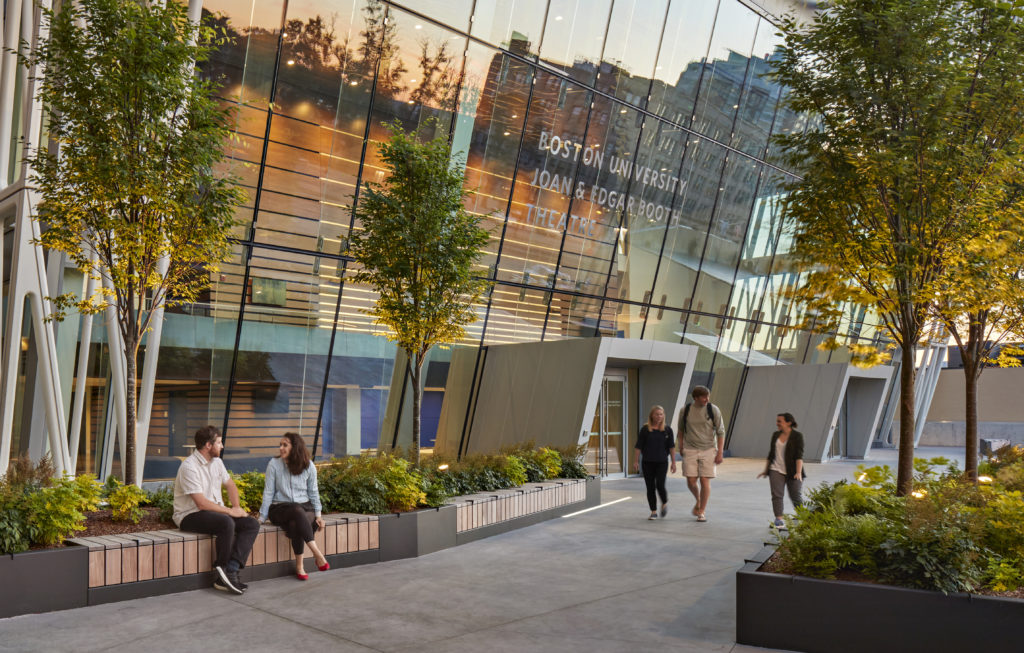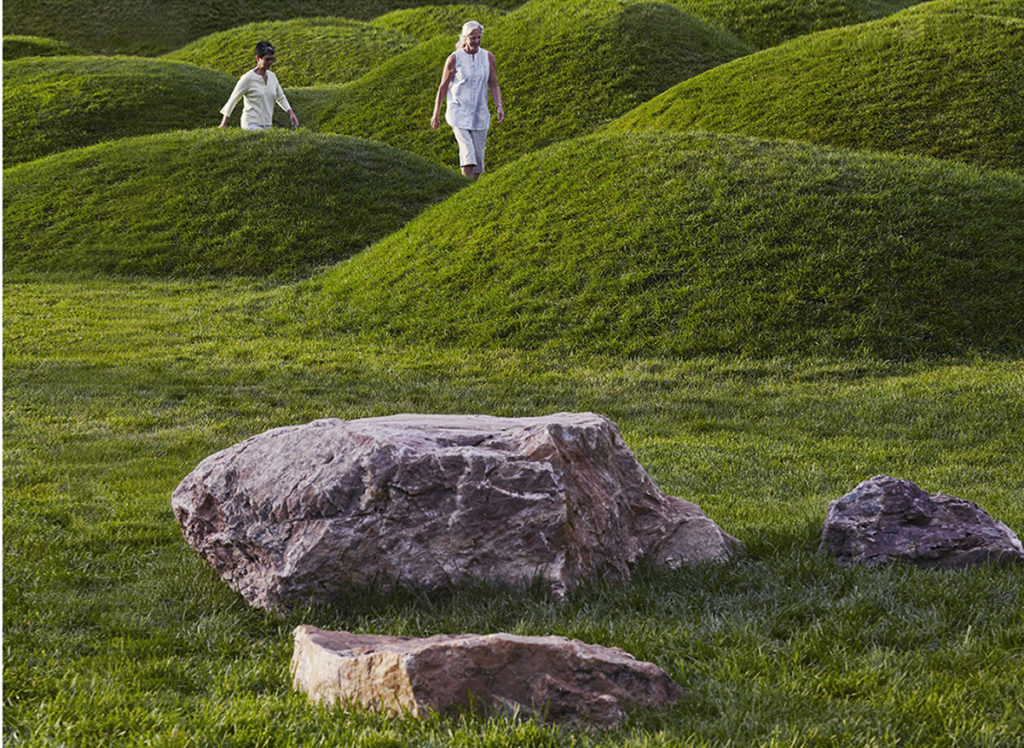As we adjust to this new way of living and think about what it means as our cities open up again, we wonder what the new normal will be. Featured in Boston Magazine, Mikyoung Kim and other local professionals discuss the future of urban design and architecture in response to the COVID-19 pandemic.

How do we design for a more inclusive public realm, particularly in the city where there’s so little room for social distancing. Clinical research has shown that people need to have access to the natural world with fresh air, the sound of water and transforming seasonal color and texture. These spaces within a very short time can provide patients, families and caregivers much needed restorative experiences within often stressful environments. In these extraordinary times- with the outbreak of coronavirus, it is becoming clear that there are important lessons from this evidence that should be integrated into the design of urban living. It’s a no brainer; easily accessible and well-designed neighborhood parks are going to be vital to our daily lives and will be important factors in long-term mental and physical health in our general population- particularly in underserved neighborhoods.

In this era of social distancing, there is an interesting inversion that we have seen in the perceptions of public space. In the past, in order to feel safe we would stay sequestered inside- lock the door, close the windows. But now, people are escaping outside for refuge, gravitating towards places that provide access to fresh air and the natural world. Over the past few months, we know that most of the population is getting infected in their own homes. As we look ahead, we also know that super spreader events happen most in enclosed environments with poor air circulation and high densities of people. This tells us about the importance of landscape spaces in the planning of our cities. In the post COVID-19 future, it is imperative that we rethink the way we build in our cities- not just as a collection of individual buildings, but as a tapestry of green spaces that create a humane place for healthy living. This tapestry includes our roadways, our sidewalks, our cycle lanes as well as our public parks, rivers waterfronts and greenways. With reduced car traffic, we have seen cities from Oakland to Manhattan to Denver opening up and dedicating their streets to pedestrians and creating pop-up cycling lanes, allowing for safe social distancing and creating a new type of urban trail within the city. These changes have reduced air pollution and improved urban stormwater quality, which is great for the global environment and for us. With the expansion of cycling and pedestrian lanes, we are starting to see new ways of defining our movements through the city. New habits are forming along with new expectations for the walking experience in the civic realm.

Why does good design matter when we think about these things? It’s not just about solving problems or programming parks effectively, but it is also about creating landscape destinations that are more bespoke and foster a sense of community. Good design- great design needs to be accessible to all communities. This crisis has made us realize that landscapes have to be designed as destinations in and of themselves, and have to serve the community when we are in contemplation as well as when we are celebrating.
To read more perspectives in Boston Magazine’s “Urban Spaces May Change Because of Coronavirus,” click [here.]

